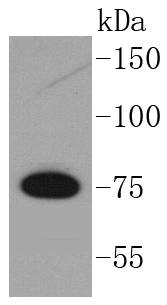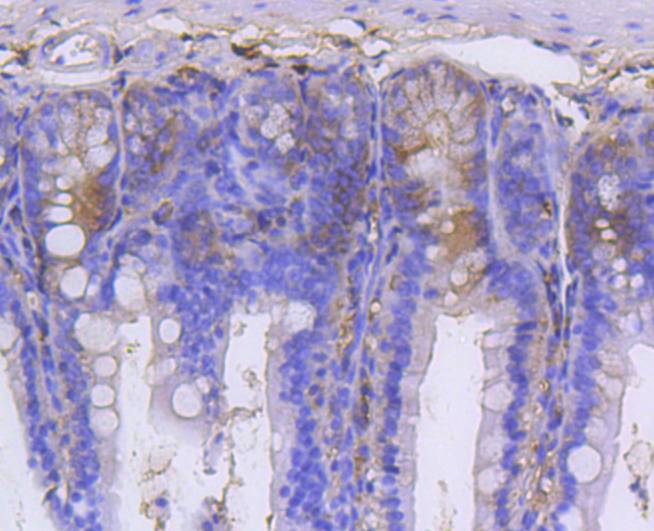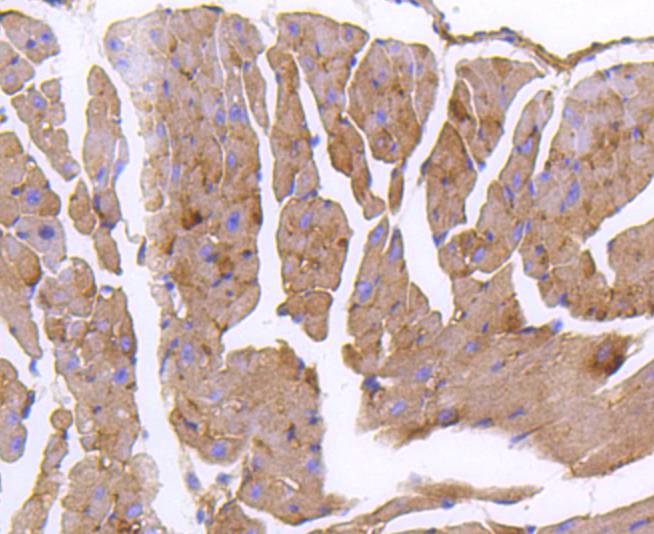The fidelity of protein synthesis requires efficient discrimination of amino acid substrates by aminoacyl-tRNA synthetases. Proteins belonging to this family function to catalyze the aminoacylation of tRNAs by their corresponding amino acids, thus linking amino acids with tRNA-contained nucleotide triplets. GlyRS (Glycyl-tRNA synthetase), also known as Glycine-tRNA ligase, is a 739 amino acid class II synthetase that is widely expressed, including in the brain and spinal cord. Defects in the gene encoding GlyRS is the cause of Charcot-Marie-Tooth disease type 2D (CMT2D), which is an autosomal dominant inherited disease characterized by severe weakness, atrophy and absence of deep tendon reflexes in the upper extremities. Defects in the GlyRS gene is also the cause of distal hereditary muscular neuropathy type V (HMN5), a disease similar to CMT2D, though the distal sensory involvement is less severe in HMN5 patients.



